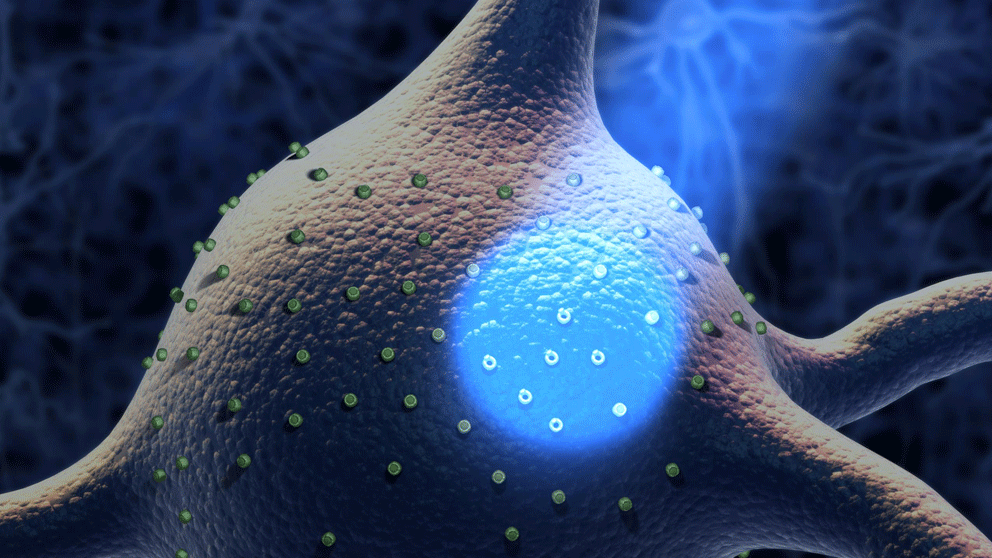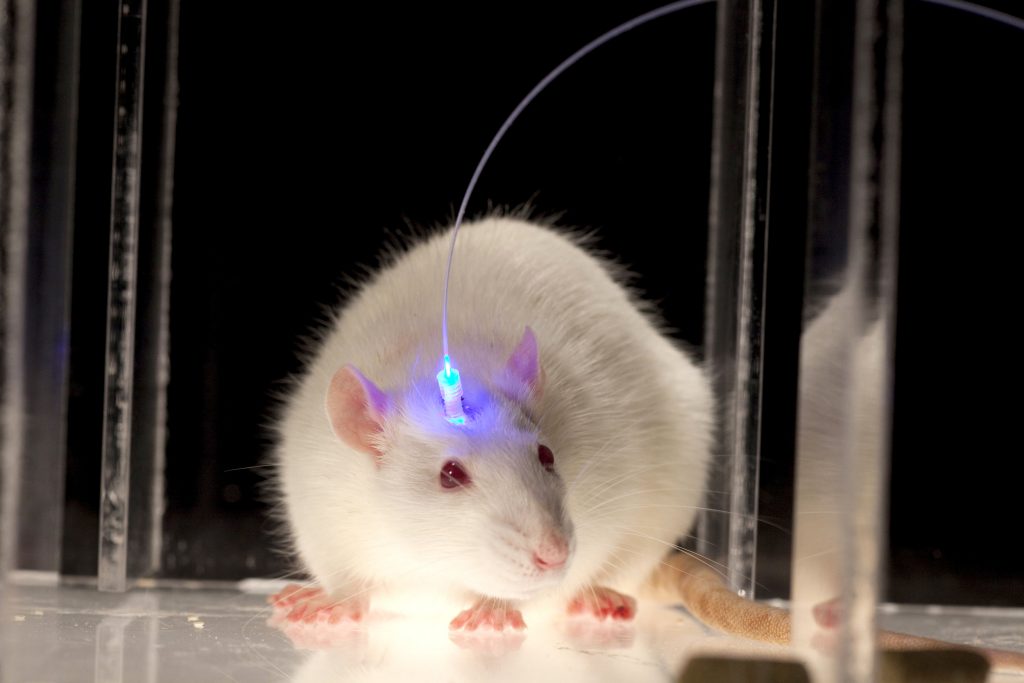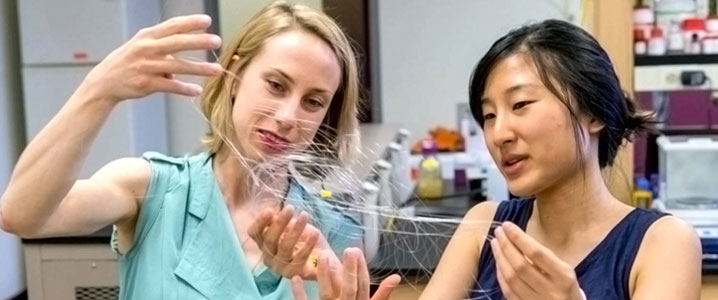In The Future You Will Workout Harder Because Flashes Of Light To Your Brain
News May 17, 2025 Damon Mitchell

When Polina Anikeeva, at MIT, tested her new device on the brains of mice, the result was exactly what researchers expected. They stimulated the part of the neurons to control the speed of the mice so the mice took off running.
The test success was a result of a nascent technology perfected for the 21st century. It’s called optogenetics. Up until recently, optogenetics was a labor of love and hate. It was difficult for the researchers and hard on the subjects.
Anikeeva’s work makes it more accessible, enough that one-day body hackers may use it to push the abilities of the human body.
Optogenetics
We’ve been using optogenetics in research for 12 years.
The science is beyond my education, but it has something to do with LED light pulses, proteins that live on cells in the brain, and the neurons they control. The end result is neuron [read: brain function] control.
The previous method of accomplishing this had many steps, including surgeries on the lab animals. It was laborious, cumbersome, and impractical, but effective.
Researchers have been able to hack the bioelectrical system with great precision using optogenetics. At its root level, it’s binary, so long as you know what you’re doing.
The way it works is by stimulating neurons, turning them on or off for desired effects. It’s helped us learn the functions of the brain’s circuitry like flipping switched on the circuit breaker panel of your home to discover the source of a light switch.
We’ve also found that we can alter behavior by flipping certain switches, say by turning off systems that would otherwise regulate behavior.
The limitation of this work has been the cumbersome set-up, but with MIT’s new process, we may see this in human trials.
Polina Anikeeva
Anikeeva completed her Ph.D. in 2009, a study in quantum-dot LEDs (which has nothing to do with going to rave-school, I learned).
She’d witnessed optogenetics at work during two-years of her life spent at Stanford in a neuroscience lab. The tools they used were big and clumsy, limited.
Coming into that program she had a background in nanofabrication, so she designed a better system, smaller, more lightweight, easier to install. Researchers must still install Anikeeva’s probe via surgery, but only one surgery, not many.
Without going too far down Geek Ln., she manufactured a highly conductive super-fine polymer composite so thin they can shine six of these in the space that used to afford one probe. Think of it like a high-tech, micro-fiber optic cable.
The whole device is still smaller than what they had at Stanford. Prior to this, another group in Europe developed an all-in-one probe first, but theirs was difficult to produce.
The key is, Anikeeva’s design is more accessible.
Body Hacking
The word is out about Anikeeva’s probe. Other researchers have requested to use the device for testing.
The aspects of the brain they want to study are the things that plague us, addiction, anxiety, and nervous disorders. Some want to use it to control prosthetics.
It’s easy to see where this is going. An easy-to-use brain hacking technology?
When can I hook it to my brain so I don’t feel lactic acid build-up when I lift or run cross-country? How can disable the part of my brain that converts testosterone to estrogen?
What competitor wouldn’t wear a device that could enhance performance with no trace of substance use afterward?
Whereas gene therapies like CRISPr-Cas9 and RNA drugs make permanent or semi-permanent changes to the genetics of an individual, it sounds like optogenetics could work more like taking a substance.
The effects wouldn’t necessarily be permanent. More research is needed, but keep an ear to the ground on this one.
Source: Spectrum


